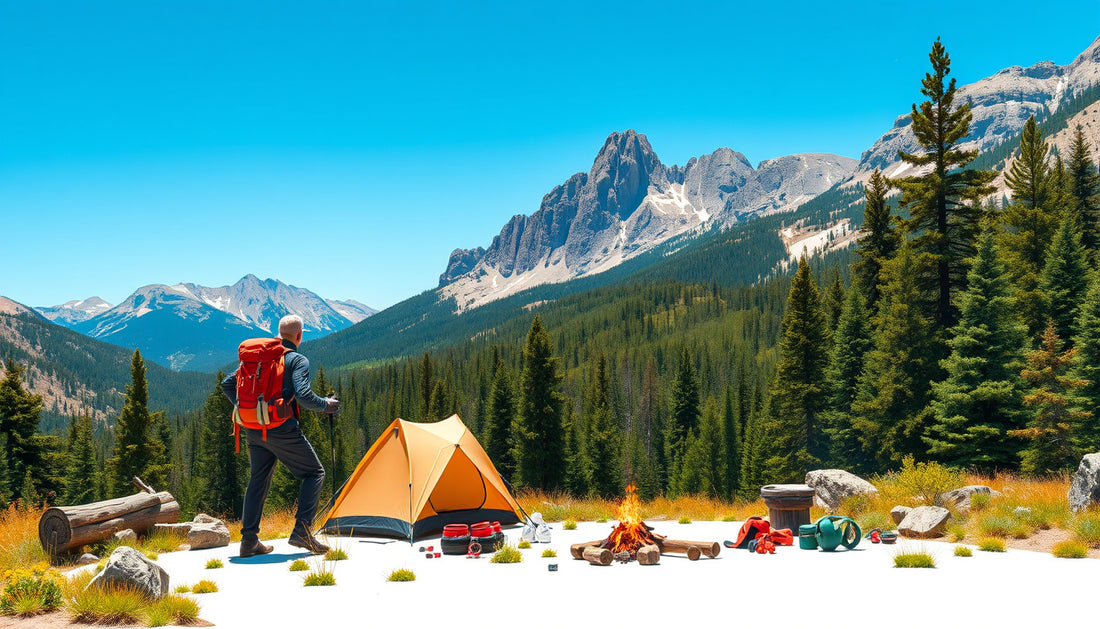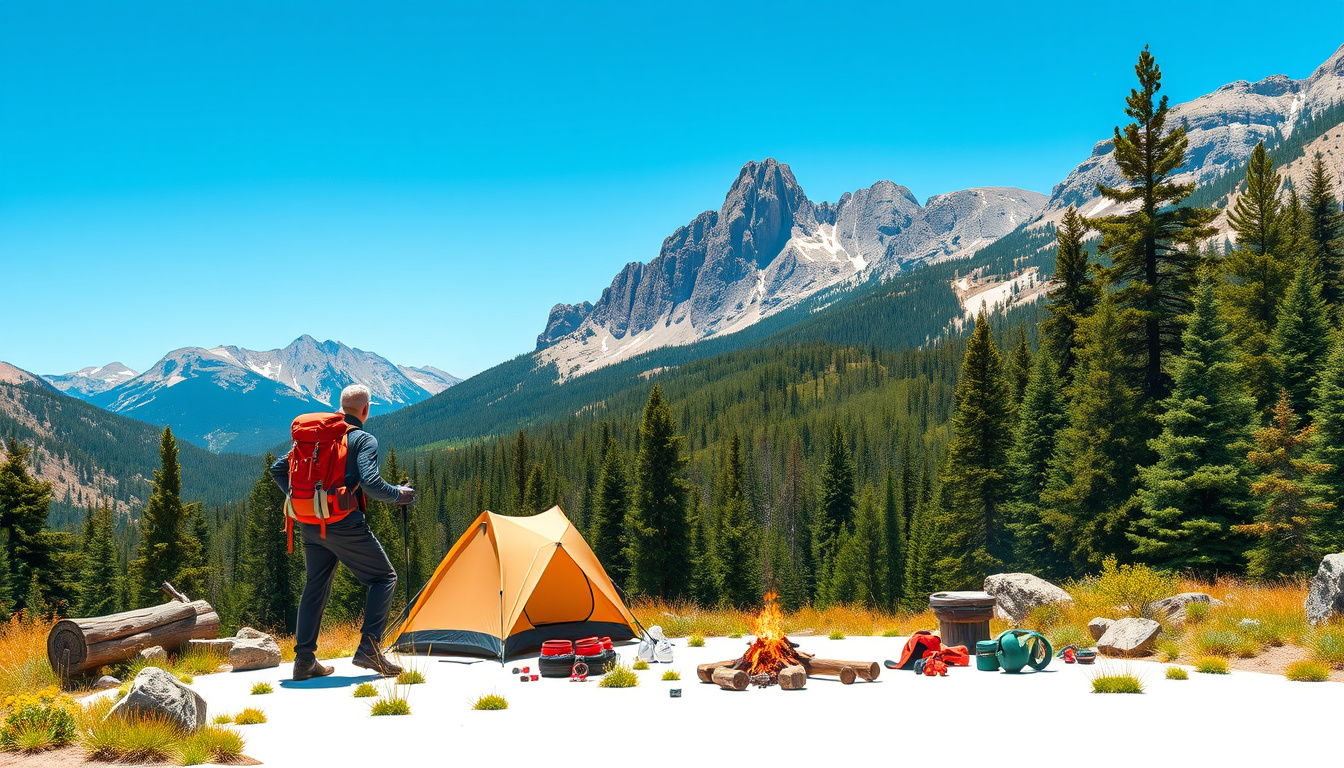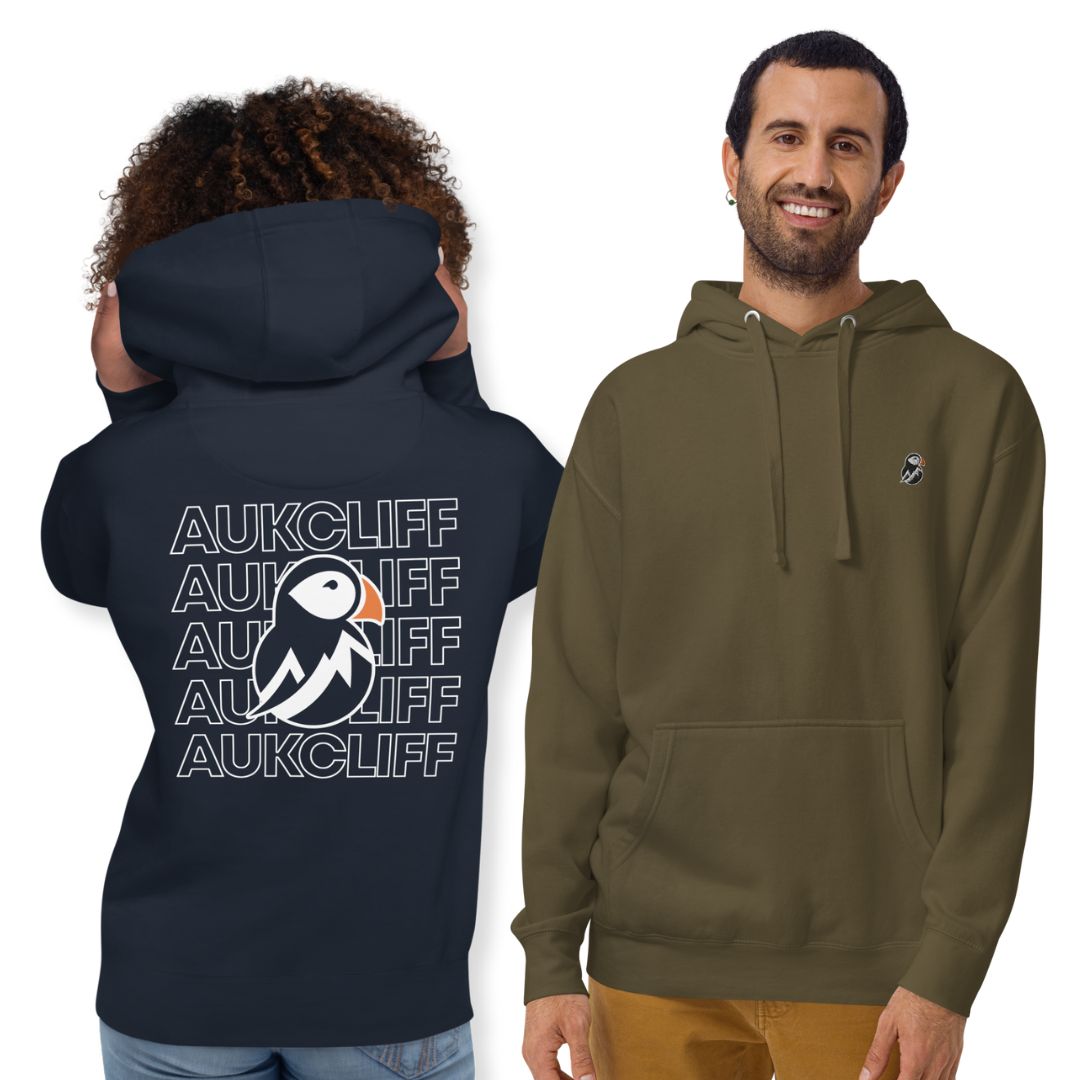
Ultimate Packing List for Backpacking in Rocky Mountain National Park: Essentials for an Unforgettable Adventure
Share

Embarking on a backpacking trip in Rocky Mountain National Park (RMNP) promises breathtaking vistas, abundant wildlife, and the refreshing embrace of nature. But to make your adventure safe, enjoyable, and memorable, packing the right gear is crucial. Have you ever found yourself carrying unnecessary weight or missing a vital item on the trail? With the variable terrain and weather in RMNP, a well-thought-out packing list isn’t just helpful—it’s essential.
Why is a Tailored Packing List Important for RMNP?
Rocky Mountain National Park is known for its high altitudes (ranging from about 7,500 to over 14,000 feet), sudden weather changes, and diverse ecosystems from alpine tundra to dense forests. This means:
- Weather can be unpredictable: Afternoon thunderstorms are common even in summer.
- Altitude can impact your body: You need to prepare for altitude sickness and increased physical exertion.
- Wildlife encounters require proper food storage: Black bears and mule deer roam freely.
- Trail conditions range widely: From well-maintained paths to rocky climbs and snowfields.
Given these factors, your packed gear must address safety, comfort, and minimal environmental impact.
Your Ultimate Backpacking Packing List for RMNP
1. Shelter and Sleeping Gear
- Lightweight tent with a rainfly (to handle sudden rain showers)
- Sleeping bag rated for 20°F (-6°C) or lower — temperatures can drop dramatically at night.
- Sleeping pad for insulation and comfort on rocky ground
- Tarp or footprint to protect your tent bottom from wear
Quote: “A good shelter isn’t just about comfort; it can be your lifeline in sudden mountain storms.” – Lisa Jones, Wilderness Survival Expert
2. Clothing: Layer Up for Mountain Weather
- Moisture-wicking base layers (synthetic or merino wool)
- Insulating mid-layer like fleece or a lightweight down jacket
- Waterproof and breathable shell jacket and pants
- Hiking pants and shorts
- Hat and gloves (it can get chilly even in summer evenings)
- Sturdy hiking boots broken in to avoid blisters
- Extra socks (preferably wool or synthetic)
- Sun hat and sunglasses to protect against strong UV rays at high altitudes
3. Navigation and Safety Equipment
- Topographic map of RMNP and a reliable compass
- GPS device or smartphone with offline maps
- Headlamp or flashlight with extra batteries (days can be long but nights are dark)
- First-aid kit including blister care
- Multi-tool or knife
- Whistle (for emergencies)
- Bear spray (mandatory for many hikers to deter wildlife encounters)
4. Food and Hydration
- Portable stove and fuel
- Lightweight cookware and utensils
- High-calorie, lightweight meals (freeze-dried, dehydrated meals, nuts, energy bars)
- Water bottles or hydration reservoirs with capacity for at least 3 liters per day
- Water filter or purification tablets (streams may seem clean but always treat water!)
- Bear-proof food containers or bear canisters (required for overnight stays in much of RMNP)
Data Point: According to the National Park Service, using bear-proof containers reduces human-bear conflicts by over 90%.
5. Personal Items and Extras
- Sunscreen SPF 30+
- Lip balm with SPF
- Toiletries (biodegradable soap, toothbrush, toothpaste)
- Trowel (for digging catholes away from water sources)
- Trash bags (Leave No Trace principles require you to pack out all waste)
- Camera or smartphone for capturing scenic moments
- Notebook and pen (to capture thoughts or emergency info)
- Cash and ID
6. Physical Preparation and Mental Readiness
Do you know the signs of altitude sickness? Are you prepared to pace yourself?
Before hitting the trail, it’s essential to:
- Acclimatize by spending a day or two at moderate elevation.
- Stay hydrated.
- Know your physical limits and emergency procedures.
Dr. Emily Carter, a physician specializing in high-altitude medicine, notes, “Preventing altitude sickness hinges on gradual ascent, proper hydration, and knowing when to retreat. Respecting the mountain is respecting your own health.”
Putting It All Together: A Checklist for Rocky Mountain Backpacking
| Category | Items |
|---|---|
| Shelter | Tent + rainfly, sleeping bag, sleeping pad, tarp/footprint |
| Clothing | Base layers, mid-layer, waterproof shell, hiking boots, hat, gloves, socks |
| Navigation/Safety | Map, compass, GPS, headlamp, first-aid, multi-tool, whistle, bear spray |
| Food/Hydration | Stove, cookware, meals, water bottles, filter, bear-proof container |
| Personal Items | Sunscreen, lip balm, toiletries, trowel, trash bags, camera, notebook, cash/ID |
| Preparation | Altitude acclimation, hydration, knowledge of altitude sickness signs |
Final Thoughts: Ready for Your RMNP Backpacking Adventure?
Packing for Rocky Mountain National Park might seem daunting, but the joy of streamlined hiking and safety is worth every careful choice. Are you ready to explore soaring peaks, alpine lakes, and the vast wilderness with confidence?
Remember, “The best gear is the gear that helps you keep the mountain as pristine as when you arrived.” – National Park Ranger, RMNP
Take Action Now!
Plan your packing with this ultimate list, customize it based on season and duration, and always check current trail and weather conditions on the National Park Service website before your trip. When you respect the mountains and prepare wisely, RMNP offers an adventure that you'll cherish forever.
Happy trails! 🌄
For more tips on outdoor gear and backpacking adventures, subscribe to our newsletter or join our next workshop on wilderness safety.






